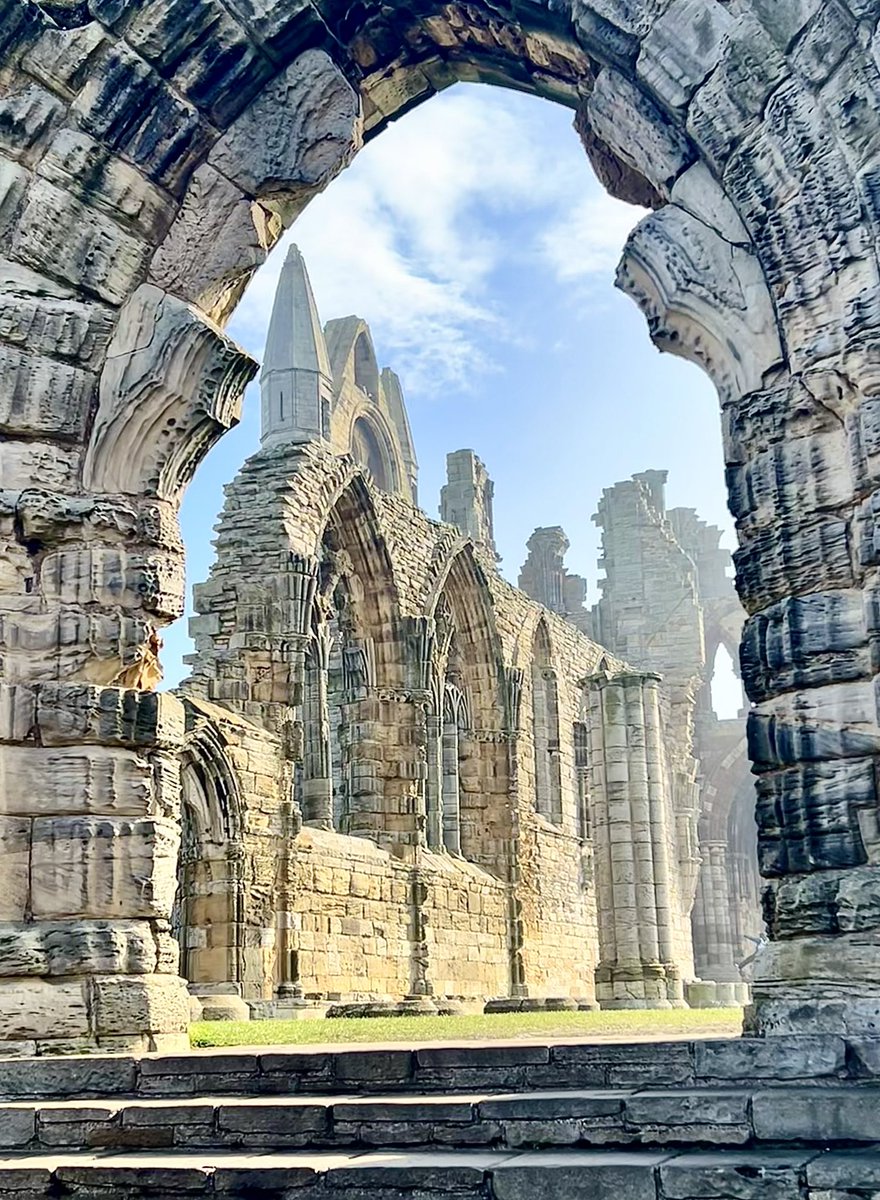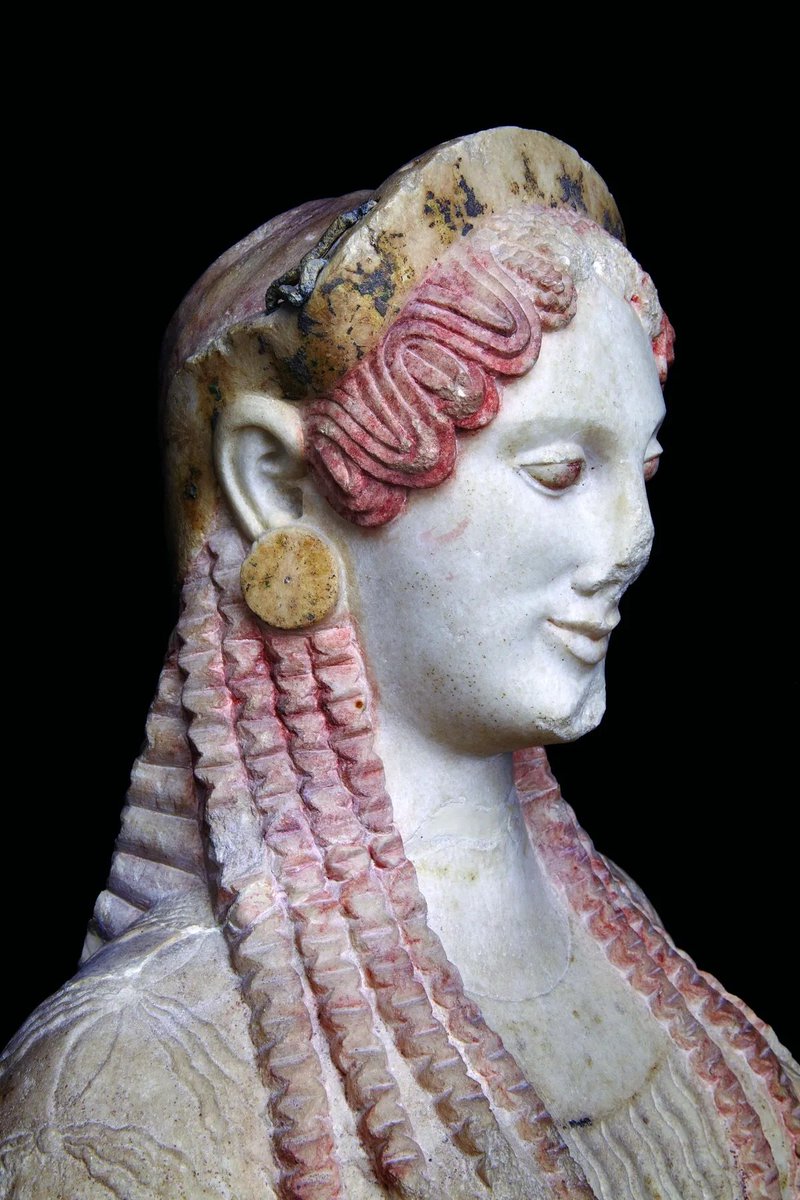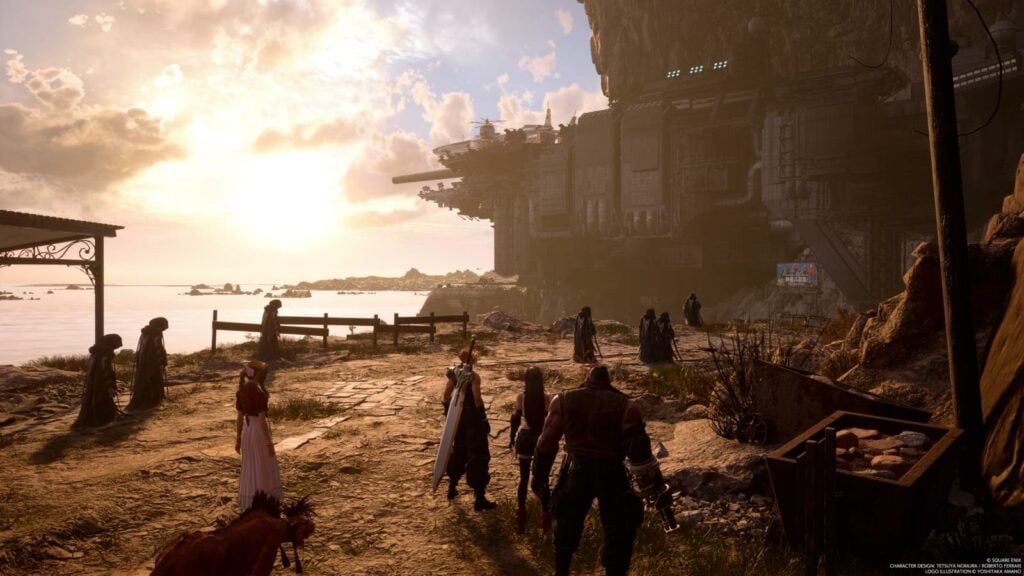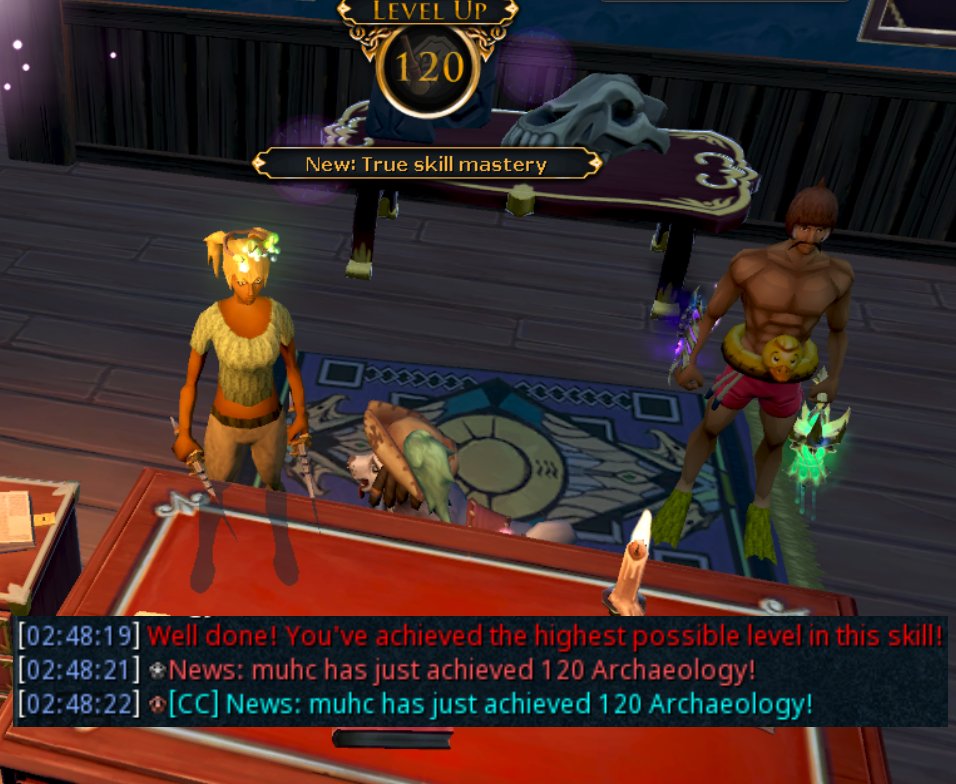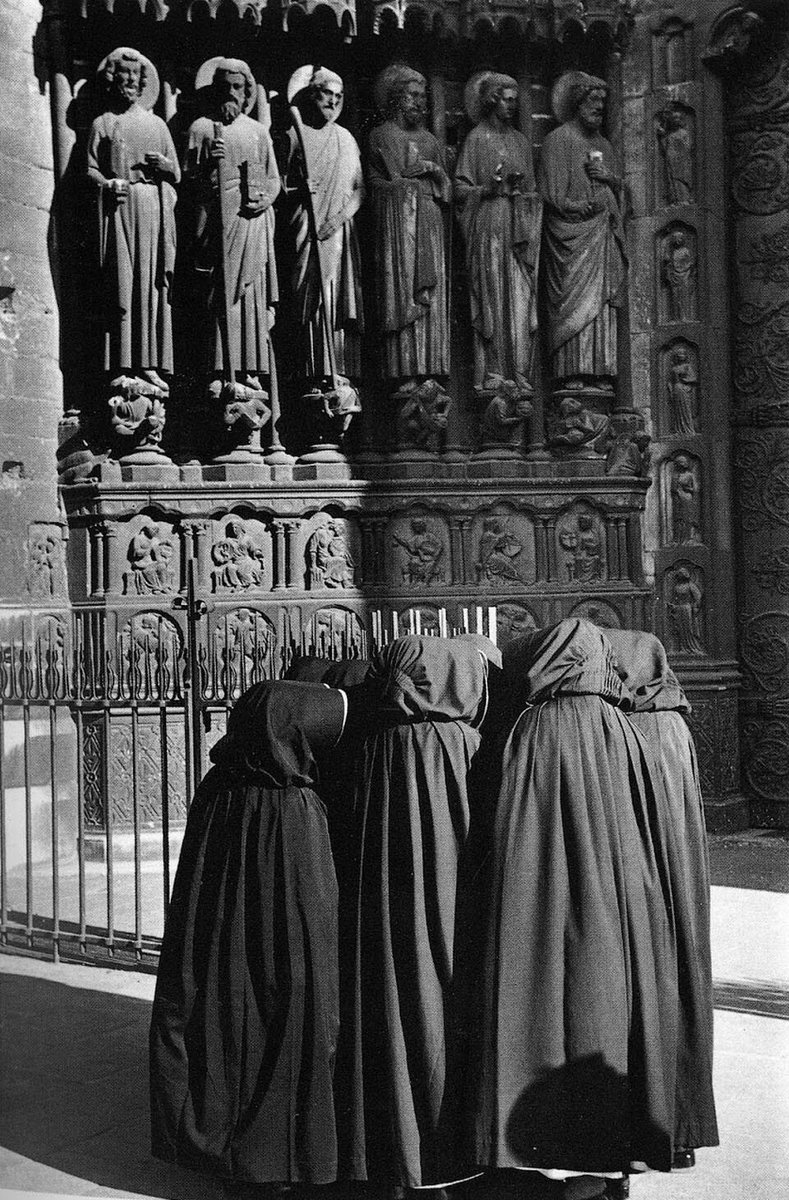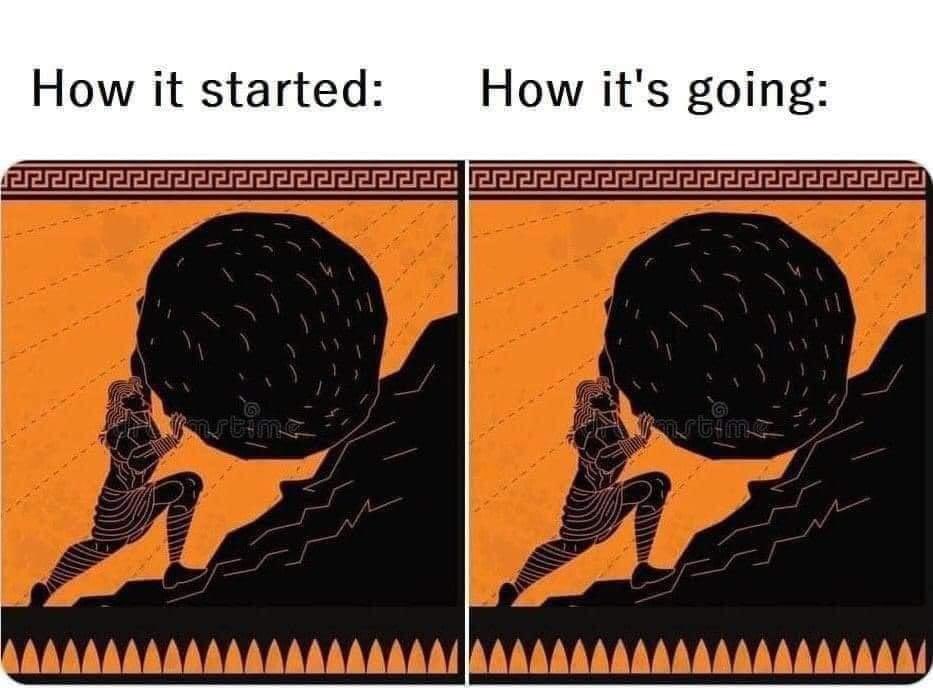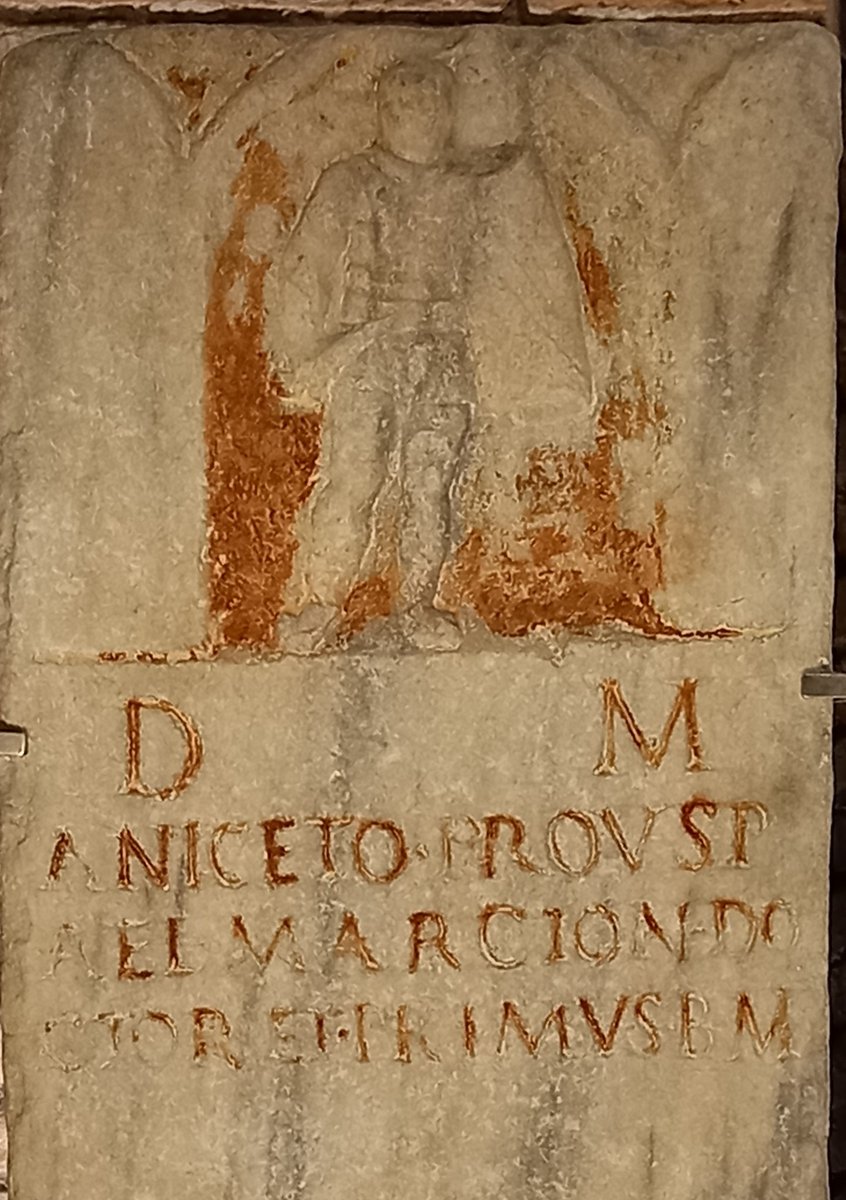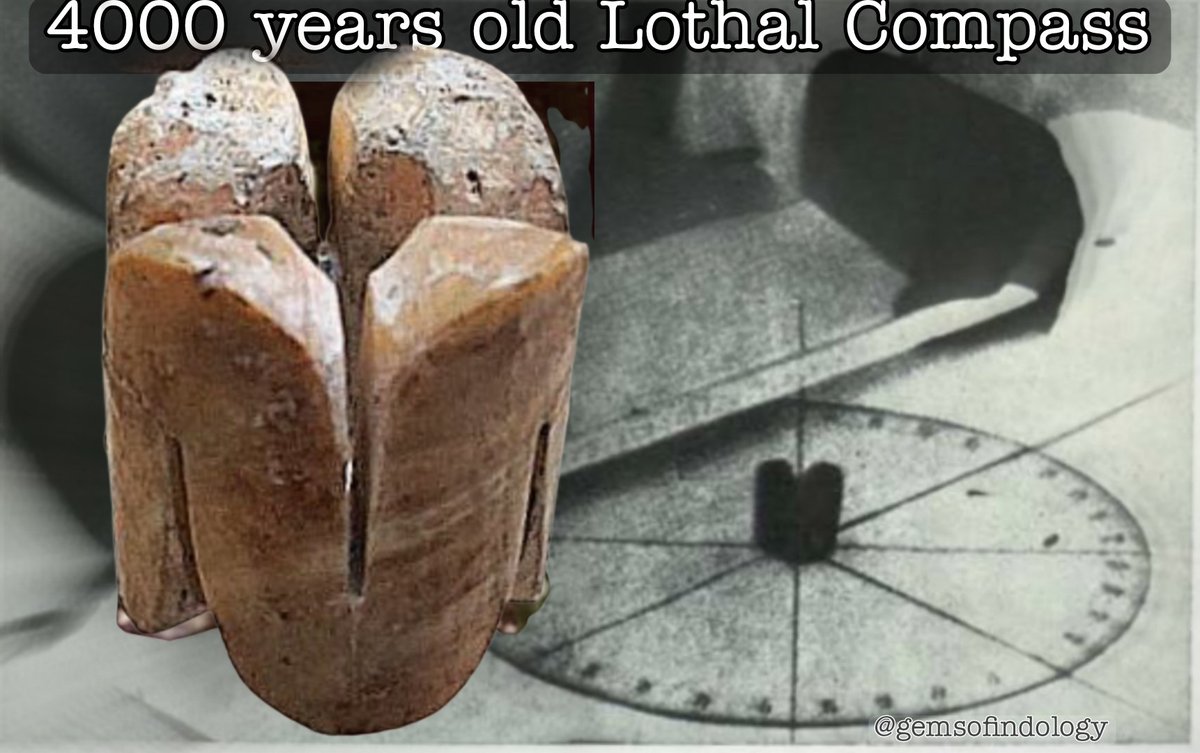
Scientists Discovered The Last Anunnaki King And They Are Scared 😱 #Anunnaki #Archaeology #Discovery #AncientAliens #extraterrestrial #UFOTwitter #UFOs #UFOSightings #Aliens #ufotwitterweek

Wow dear followers, there are more than 60,000 of you!
It’s great to see so many of you interested in #Archaeology ❤️
Here’s one of my all-time favourite artefacts. An ancient amber bear carved about 10,000 years ago. This magical find washed up on a beach at Fanø in Denmark…


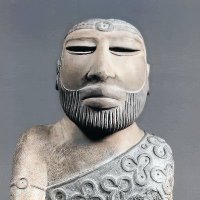
Unveiling the 'Crab' from 12,000 years ago at the Ratnagiri Petroglyphs.
Ministry of Culture & Archaeological Survey of India hold the responsibility for its survival.
UNESCO 🏛️ #Education #Sciences #Culture 🇺🇳 please save this
#Archaeology


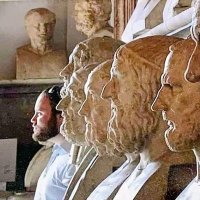
#StandingStoneSunday
Four Celtic inscribed stones from Beacon Hill cemetery on Lundy
#Archaeology #History




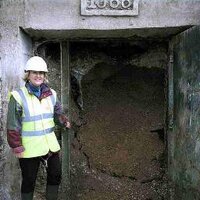







For a considerbaly later than planned #StandingStoneSunday the Neolithic Long barrow of Wayland's Smithy courtesy of Wessex Archaeology. Save Redland Library Alison Fisk Claire Nolan




